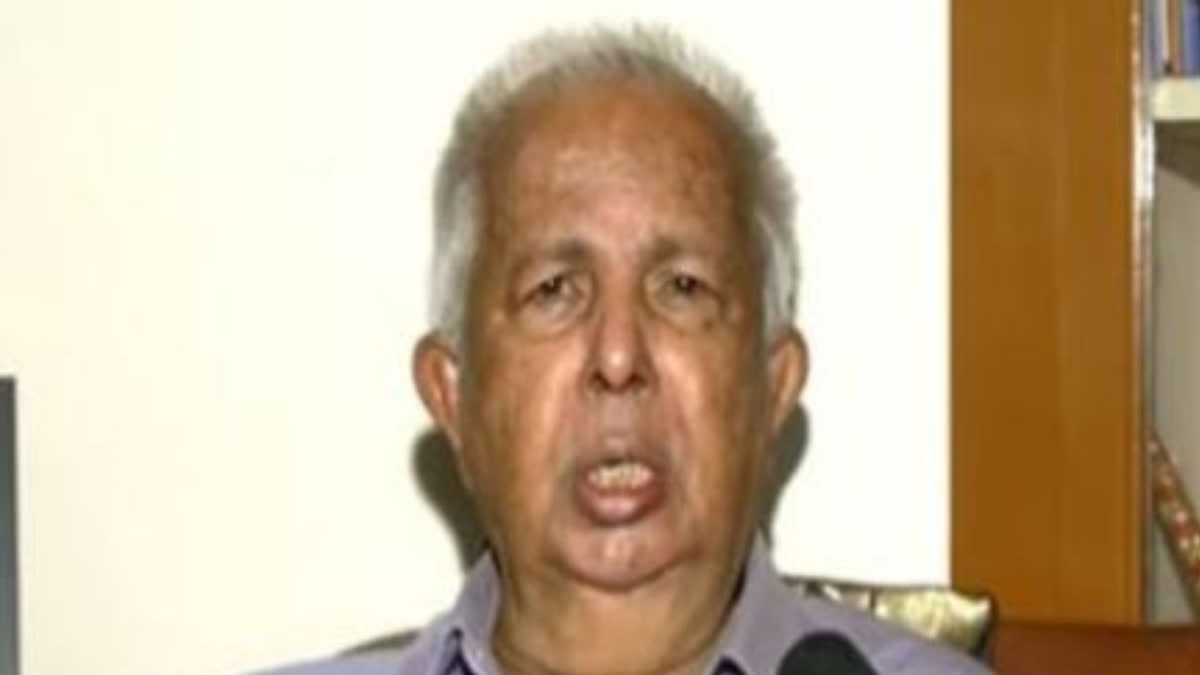Thiruvananthapuram (Kerala) : Former Indian Space Research Organisation chairman G Madhavan Nair on Saturday said data from Aditya-L1, the country's first solar mission, will help explain various celestial phenomena taking place in the atmosphere and aid climate change studies.
Speaking on the launch at 11.50 am on Saturday, Nair said, "This mission is very important. Aditya L-1 will be placed around Lagrangian Point 1, where the gravitational force of Earth and the Sun is virtually nullified, and with minimum fuel, we can park the spacecraft there. It will also enable 24/7 observation of the Sun. Seven payloads or instruments have been included on board the spacecraft."
The data from this mission will help explain various phenomena taking place in the atmosphere and aid climate change studies," he added. The spacecraft will be placed in a halo orbit around the Lagrange point 1 (L1) of the Sun-Earth system, allowing continuous viewing of the sun without any eclipses or obstructions.
It will carry seven different payloads, which will conduct a detailed study of the Sun. Four of these payloads will observe the light from the Sun while the other three will measure in-situ parameters of the plasma and magnetic fields. L1 is 1.5 million km away from the Earth in the direction of the sun. It is expected to cover the distance in four months' time.
Major objectives of India’s solar mission include the study of the physics of solar corona and its heating mechanism, the solar wind acceleration, coupling and dynamics of the solar atmosphere, solar wind distribution and temperature anisotropy, and origin of Coronal Mass Ejections (CME) and flares and near-earth space weather.
Also Read : Nothing more satisfying than being at helm of a prestigious project: Project Director Aditya L-1 Nigar Shaji
The Aditya-L1 mission holds the promise of significantly advancing our understanding of the Sun's behaviour and its interactions with Earth and the space environment. On August 23, India took a giant leap as the Chandrayaan-3 lander module was placed successfully on the moon’s South Pole, entering the record books as the first country to achieve the feat. India also became only the fourth country after the US, China, and Russia to have successfully placed a lander on the moon’s surface. (ANI)
